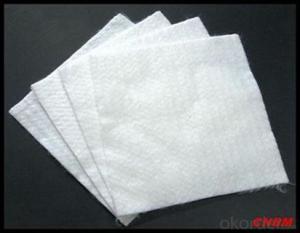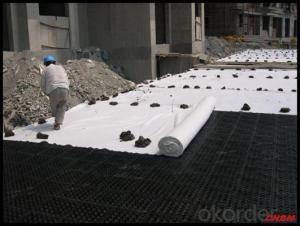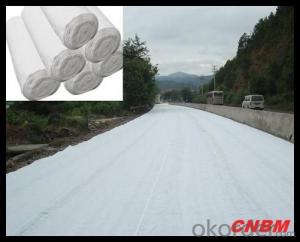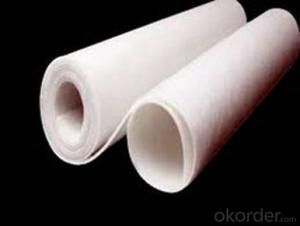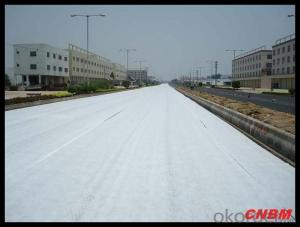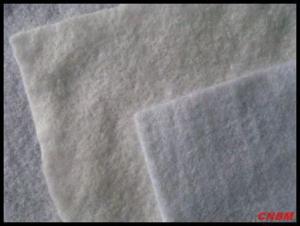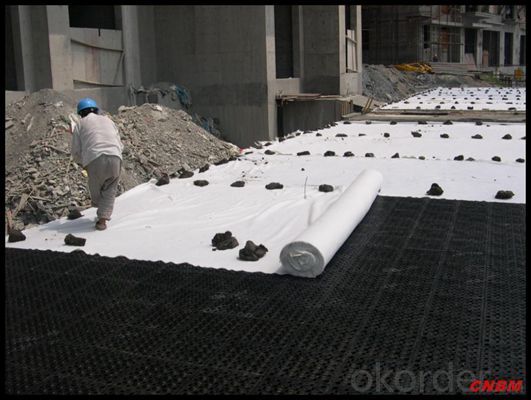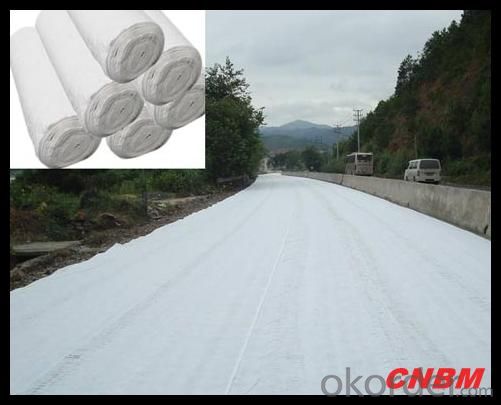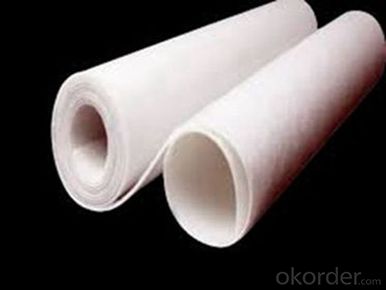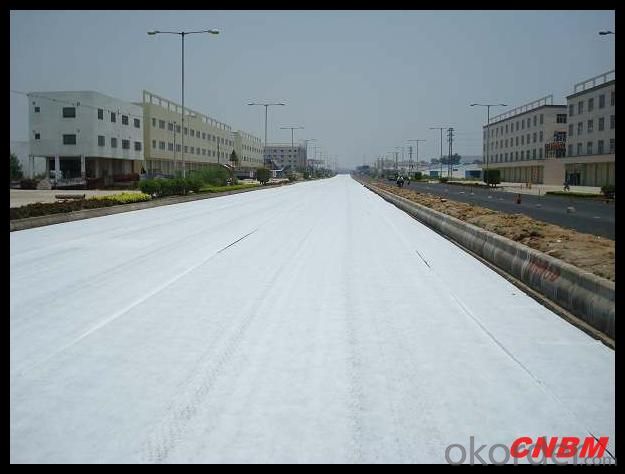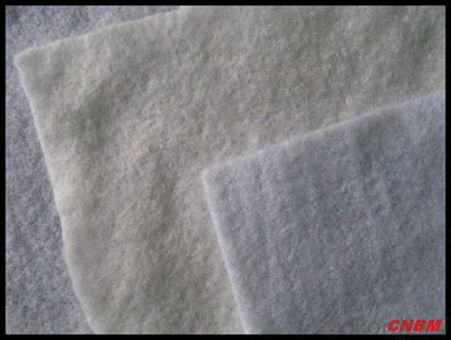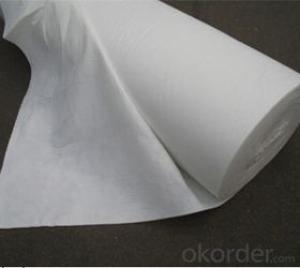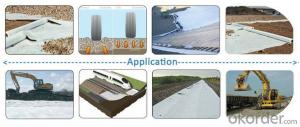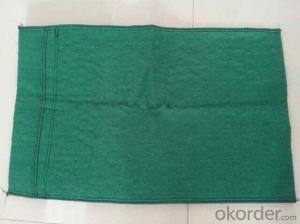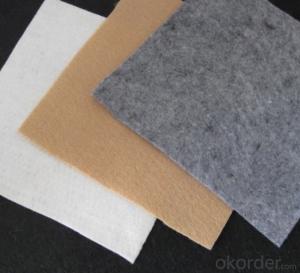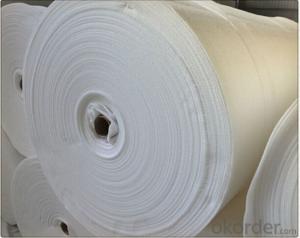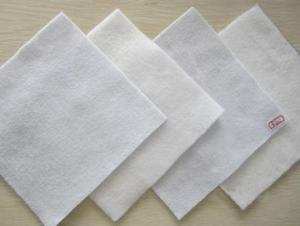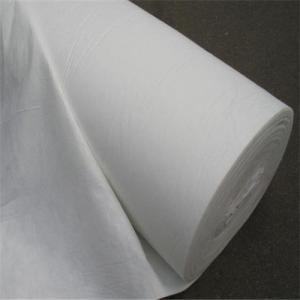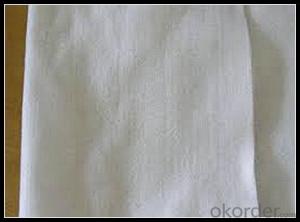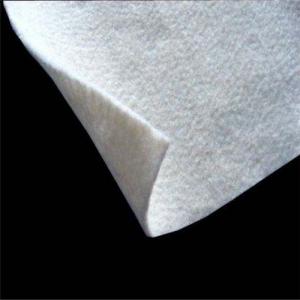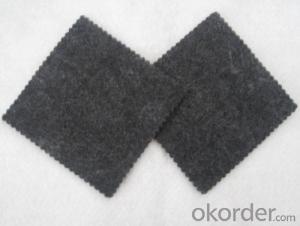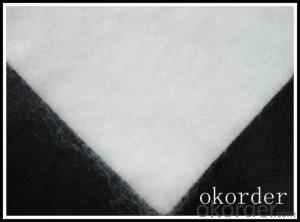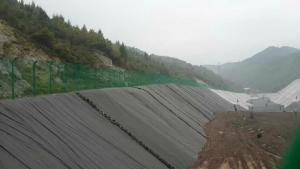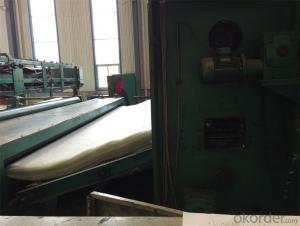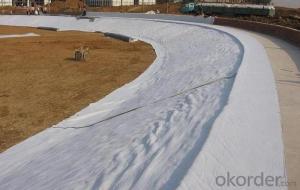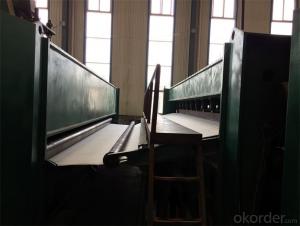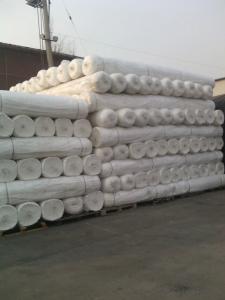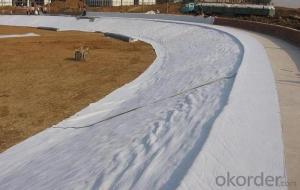Mactex Geotextil Polypropylene Nonwoven Geotextile for Construction
- Loading Port:
- China main port
- Payment Terms:
- TT OR LC
- Min Order Qty:
- 3000 g/m²
- Supply Capability:
- 1000000 g/m²/month
OKorder Service Pledge
OKorder Financial Service
You Might Also Like
Specification
filter fabric used in road construction Usage:
Specification:
Mass Per Unit Area: 100-900g/m2
Fiber Type: Staple fiber
Color: White, Black, Grey etc.
Width Range: 1-6m
Length: as consumer request
Weight: 200g/m2--800g/m2
Width: 1m-4m
Length: 30m-60m
Color: Any colors available or customers colors
Packing: Transparent polybag or White PP woven bag
Technics: Needle punchded/non woven
Productivity: More than 10000 sqms/day
Place of origin: Shandong, China
Load quantity Around 4000-12000m2 in 1x20ft
container,Around 17000-30000m2 in 1X40HQ container
Delivery time: Within 25-30 working days after receiving your advance money
Payment term: T/T, L/C,D/PPort: Qingdao, China
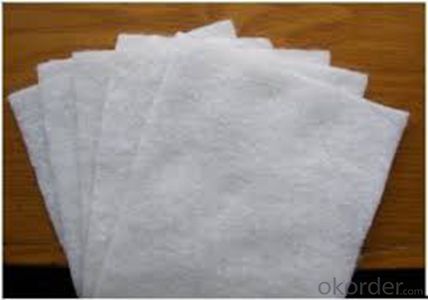
After-sales service
1.In order to provide customers with comprehensive technical support,we will provide technical and other related information upon request in a timely manner.
2.In required,we will appoint specialized technicians to the construction site to give technical trainings to construction people,and offer technical guidance throughout the whole construction process.
3.For damage due to shipment and delivery,after we receive the complaint,we will check the issure through provided pictures and videos.If our responsibility is confirmed,we wil offer free replacement.
4.When the construction is completed,as your request,our technical staff may participate in the final acceptance.
FAQ:
Q: What kind of payments does jenor support?
A: T/T, L/C, Cash are accepted.
Q: Do you charge for the samples?
A: Accordeing to our company policy, the samples are free, we only charge the freight fee. And we will return the freight fee during the next order.
Q: Can you produce according to customers' design?
A: Sure, we are professional manufacturer, OEM and ODM are both welcome.
Q: Do you have other products?
A: Yes, please check the pictures:
- Q: Geotextile geotextile geotextile construction geotextile specific application
- Geotextile in the construction of the main building is to protect the concrete: 1, in the summer construction of geotextile is to protect the concrete in the water; 2, in the winter construction of geotextile that can protect the concrete moisture also play a role in insulation.
- Q: How do geotextiles help in preventing soil erosion in construction sites?
- Geotextiles help prevent soil erosion in construction sites by acting as a barrier between the soil and any external forces, such as wind or water. They stabilize the soil, allowing for proper drainage while also preventing the loss of soil particles. Additionally, geotextiles provide reinforcement to the soil, reducing the potential for erosion and ensuring the stability of the construction site.
- Q: Can concrete slabs be placed directly on geotextiles?
- The best pad gravel, professional geotextile manufacturers to answer,
- Q: Can geotextiles be used in mine tailings dam construction?
- Yes, geotextiles can be used in mine tailings dam construction. Geotextiles are often employed as a barrier or reinforcement material to enhance the stability and performance of mine tailings dams. They can provide effective filtration, separation, and erosion control, helping to improve the overall integrity and environmental sustainability of these structures.
- Q: Geotextile how to sampling
- With special equipment, you can contact the company.
- Q: What are the key factors to consider when selecting a geotextile?
- The key factors to consider when selecting a geotextile include the project requirements, such as the anticipated load and traffic conditions, the desired level of filtration and drainage, the soil type and conditions, and the durability and lifespan of the geotextile. Additionally, factors like cost, availability, and environmental impact should also be taken into account.
- Q: Geotextile special staple fiber where needed
- How much is a ton?
- Q: What is the waterproof selection of artificial lake? How to build?
- Geotextile is the water, but the soil, from the role of anti-filter geomembrane is impermeable, like plastic film geotextile is a non-woven, as well as handbags, disposable health supplies, etc. I am the production of this wish smooth
- Q: How do geotextiles help with groundwater protection?
- Geotextiles help with groundwater protection by acting as a barrier that prevents the movement of contaminants and pollutants from entering the groundwater. They are designed to filter and separate soil particles, allowing water to pass through while trapping harmful substances. Additionally, geotextiles can also enhance the stability and permeability of soil, reducing the risk of erosion and promoting proper drainage, which further aids in protecting the quality and quantity of groundwater.
- Q: What are the factors to consider when designing geotextile-reinforced slopes?
- When designing geotextile-reinforced slopes, several factors need to be considered. These include the type and strength of geotextile to be used, the slope angle and height, soil properties, expected loads and stresses, water drainage and erosion control measures, construction methods, and long-term performance requirements. Additionally, site-specific conditions such as climate, vegetation, and nearby structures should also be taken into account. Proper consideration of these factors ensures a safe and stable design that effectively mitigates slope failures and erosion.
Send your message to us
Mactex Geotextil Polypropylene Nonwoven Geotextile for Construction
- Loading Port:
- China main port
- Payment Terms:
- TT OR LC
- Min Order Qty:
- 3000 g/m²
- Supply Capability:
- 1000000 g/m²/month
OKorder Service Pledge
OKorder Financial Service
Similar products
Hot products
Hot Searches
Related keywords
